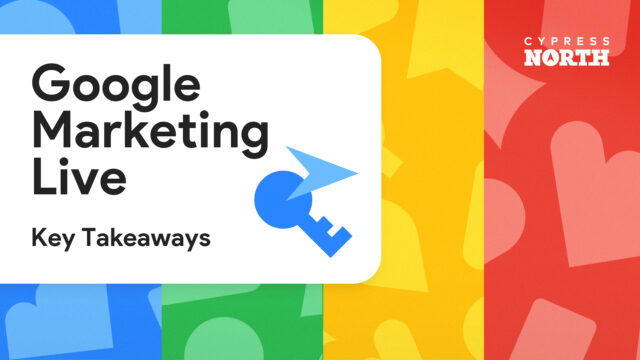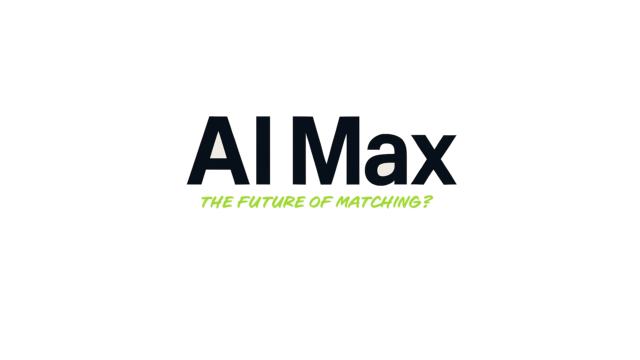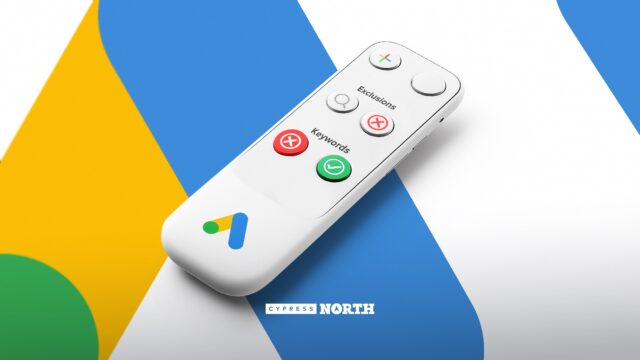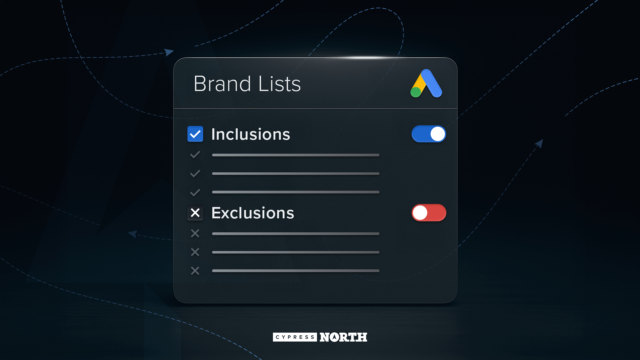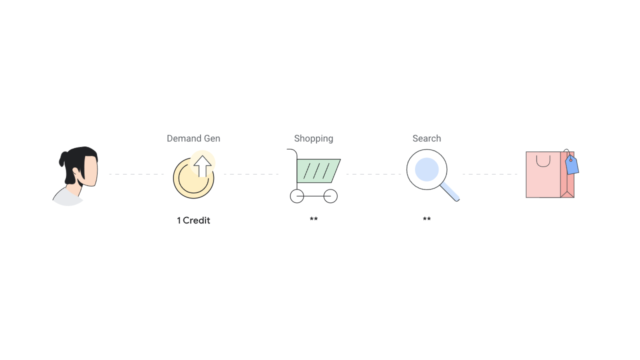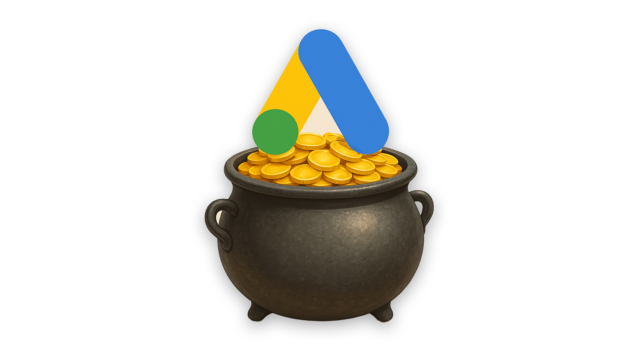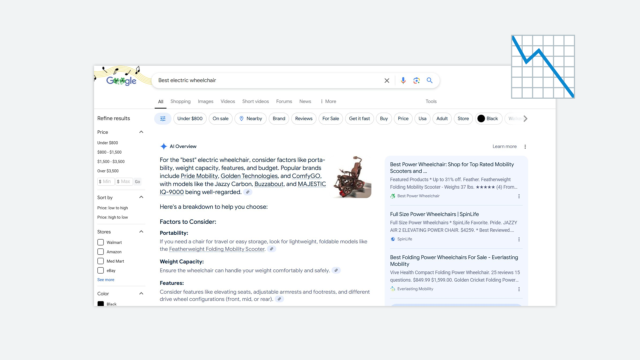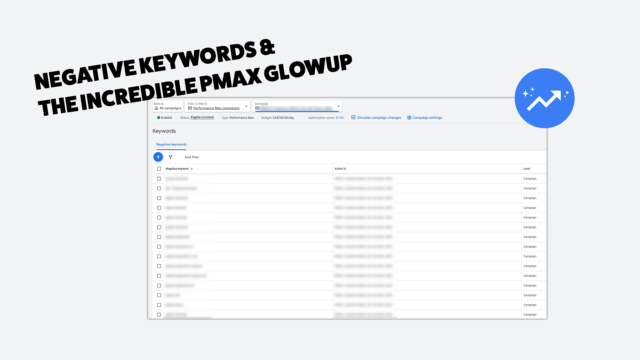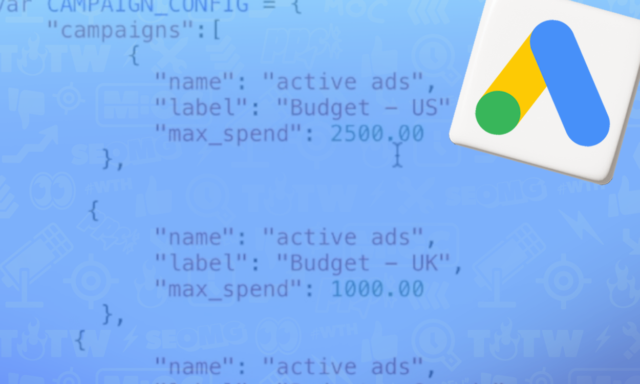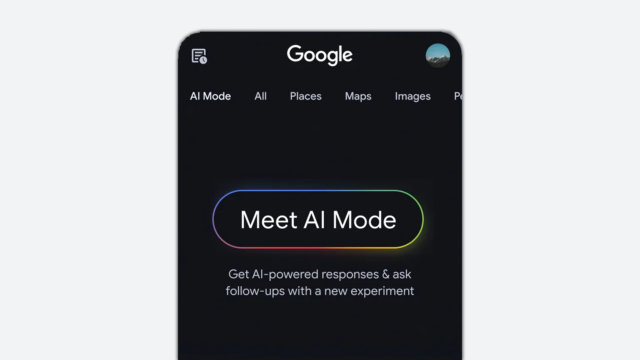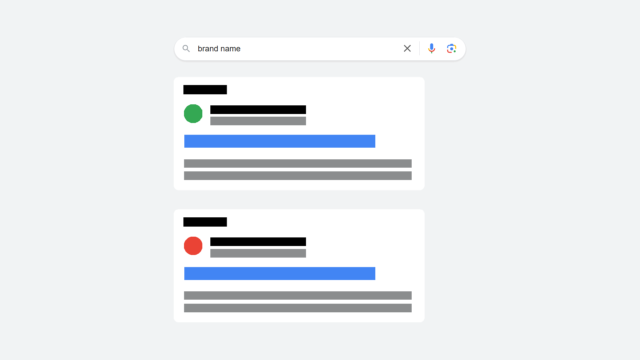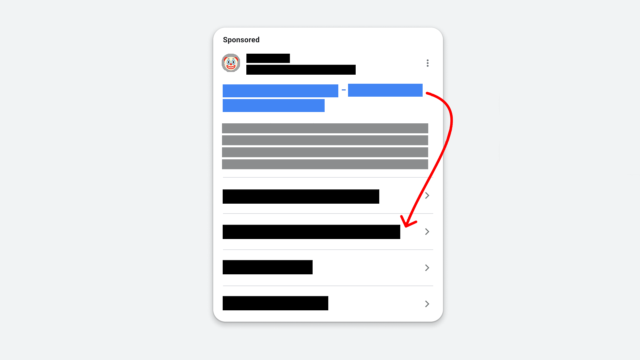How to Opt-Out of All Automated Google Ads Extensions

What you need to know about automated extension changes and how to turn them off.

Automated extensions are one of the sneakiest forms of automation pushed on Google Ads advertisers, and they are soon going to be pushed even more. These aren’t talked about as much as other automated features such as auto-applied recommendations, responsive search ads, or performance max campaigns, but I think these are one of the most egregious forms of automation in Google Ads.
Why?
Because these are automatically turned on in Google Ads accounts.
Chances are, you are automatically opted-in to Automated Extensions in your Google Ads account. You probably never agreed to turn them on, and you might not even know they are turned on. But, unless you’ve turned them off in your automated extensions settings (which you likely can’t find unless someone told you how) you are opted in nonetheless!
Automated extensions can come in many forms, including dynamic structured snippets, automated location extensions, and dynamic callouts.
Automated extensions can even appear as dynamic sitelinks that can actually send the traffic that you paid for to pages on your site other than your landing page without your permission.
Or, they can come in the form of seller rating extensions, that display a rating for your store without asking you first.
Are you annoyed yet?
You should be.
What’s worse?
Google has announced that they’re making changes to how automated extensions work. Beginning March 2022, more automated extensions are likely to display with your ads.
But, not all hope is lost! There are some good aspects to the changes coming to Google Ads. In this post, I’ll tell you what you need to know about the recent automated extension announcements and, more importantly, how to opt-out of automated extensions in your accounts.
What are automated extensions?
ICYMI, ad extensions are additional information that may appear with your ads if there is room in the SERPs or if Google thinks they will “improve performance.”
You can add your own manual extensions at the account, campaign, or ad group level and I absolutely recommend you do so! With limited space for ad copy, having the ability to give Google searchers more information about your business is always a good idea. Plus, many of these make your ad stand out more in the SERPs and can push your competitors’ ads further down the page.
Then, there are good ole’ automated extensions. Unlike manual extensions, you can only opt-in or opt-out of these at the account level. Automated extensions allow Google to write their own copy for your ad extensions or scan your site or Google Ads account to display information about your business.
In Google Ads’ words:
“When an automated extension is predicted to improve your ad’s performance, Google Ads automatically creates and displays it below your ad.”
Google can add the following types of automated extensions:
- Dynamic sitelink extensions
- Dynamic structured snippet extensions
- Automated location extensions
- Automated affiliate location extensions
- Seller rating extensions
- Dynamic callout extensions
- Longer headlines
- Automated app extensions
- Dynamic image extensions
You have likely never heard of some of these, as some of them aren’t even available as manual extensions! I encourage you to visit the Google help center to educate yourself on the different types of extensions.
What is changing with automated extensions?
Google Ads can show automated extensions even if you add manual extensions
Previously, dynamic sitelinks, dynamic callouts, and dynamic structured snippets weren’t eligible to show with your ad if you provided manually-created extensions of the same type. Google Ads Liason Ginny Marvin announced on her Twitter account that that is no longer the case.
Starting mid-March 2022. Google Ads will begin showing even if you have manual extensions. They can also appear alongside your manual extensions. The announcement in the Google Ads Help Center says:
“..if your ad only has two manually-created sitelinks that are eligible to show, Google Ads can now show two dynamic sitelinks as well, showing your ad with four sitelinks in total.”
Automated extensions from all levels can serve
Previously, only ad extensions added to the most granular level of your account structure would display with your ad. So, if you had ad extensions added at the account level and the campaign level only campaign-level extensions would appear for that particular campaign. But, if another campaign didn’t have any manual extensions at the campaign or ad group levels, your account-level extensions could appear for searches in those ad groups. Ginny confirmed that that is no longer the case:
Again, automated extensions can be turned on and off only at the account level.
So, if you’ve had campaign or ad group level extensions running and automated extensions are turned on, they could start running come mid-march.
More transparency for automated extensions
With this announcement, Google Ads indicated that more automated extensions are likely to appear for advertisers who aren’t opted-out. However, they also announced better reporting for automated extensions. After this change takes place (if opted-in) you can actually see what the automated extensions say, see performance on an individual extension basis, and pick and choose which extensions you pause.
This is a huge change and welcome improvement as you previously could not see any information about automated extensions (including if you were opted-in) unless you navigated to the infrequently-visited and difficult-to-find automated extensions page (don’t worry, I’ll show you how to find it soon!).
Again, this change isn’t live yet but seems like a huge improvement. As an advertiser, I’m much more likely to test automated extensions if I can actually see how they are displaying in the platform. Thank you, Google Ads!
How to opt-out of automated extensions
If you choose not to test automated extensions, you might not be aware that you are automatically opted in at the account level. Follow these steps to turn automated extensions off.
- From the account level, click to expand the “Ads & extensions” tab, and then click through to the “Extensions” page.
- From this view, you’ll see all of your manually added extensions. Scroll to the bottom and click “AUTOMATED EXTENSIONS”.
- This page shows you how your automated extensions are (or aren’t) performing, but you can’t opt-out from this page. To do that, you have to click on these tiny three dots in the upper right corner, labeled “MORE”.
- Finally, this brings you to the page where you can turn automated extensions off!
There you have it! It’s actually super simple to turn these suckers off when you know how. But Google Ads can’t make anything simple, so it’s almost impossible to find where to do so.
Many advertisers forget about these settings, or don’t know that they can turn them off, but they can impact performance and are a huge compliance issue for some brands. Now that reporting has improved (or exists at all) you might feel inclined to give these a test and see if they can help you come up with copy ideas for your account. Now that you know how to turn them off, you’ll be testing at your own risk!
For more information on how to optimize extensions in your account, check out our guide to Google Ads extensions. In it, we take you through all the extensions (automated and manual) available to advertisers and the best ways to use them in your accounts.
Lastly, if you liked this tutorial, I’d ask that you check out our (free!) weekly Digital Marketing News Podcast - Marketing O’Clock - where we recap how to save yourself from automated extensions, Google opt-”ins” and more each week.
Meet the Author

Christine Zirnheld
Christine is our Director of Lead Gen and a co-host on our weekly Marketing O’Clock podcast. Known affectionately among coworkers and podcast listeners as Shep, she joined Cypress North in 2018 and works out of our Buffalo office.
As Director of Lead Gen, Christine oversees all of our lead generation clients, providing strategic guidance and assistance as needed to ensure we’re hitting their goals. She is on the cutting edge of paid search strategy and uses her expertise to not only uncover more quality leads for clients, but to turn those leads into customers.
Christine is an established thought leader in the digital marketing community, known for her PPC expertise and strategic mindset. She was recognized as one of the Top 50 Most Influential PPC Experts of 2025 by PPC Survey. Christine has shared her insights as a speaker at several major digital marketing conferences, including SMX Advanced in Boston, SMX London, and SMX Next. She has contributed to Search Engine Journal and Search Engine Land, and even published an ultimate playbook for Google Ads.
Originally from Ashburn, Virginia, Christine graduated from Canisius University with a bachelor's degree in marketing. She also has an associate's degree in fashion business management from the Fashion Institute of Technology.
When she’s not working, Christine can be found singing karaoke or watching Miss Rachel with her toddlers, watching Bravo, dining al fresco, and drinking Diet Coke. She’s known for making her Taylor Swift fandom her personality, talking about the royal family to any of her coworkers who will listen, and reading books about wives who kill their husbands. Christine was the 2002 Hula Hoop Champion at Ashburn Elementary School – and may still be undefeated.


